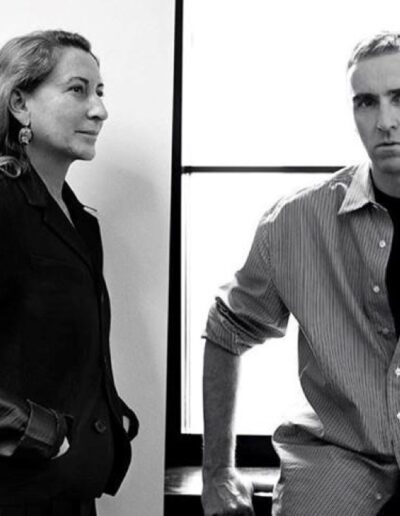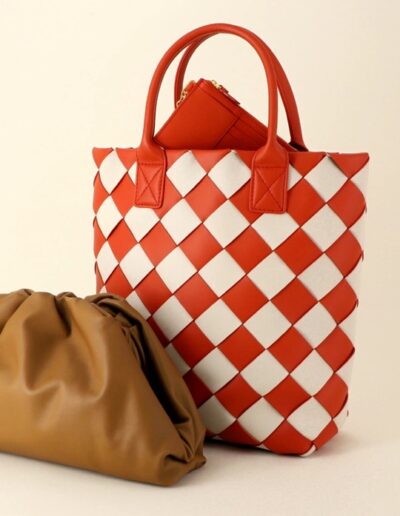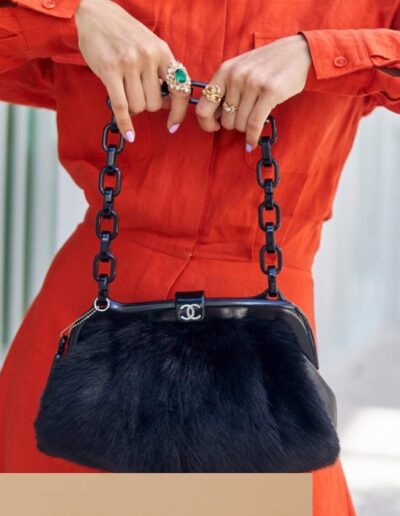REPORTS
When Streetwear
meets Luxury
By AKS. May 25, 2020

How, why, and when high & low fashion Joined forces
The world of luxury has always been exclusive and aspirational while streetwear tends to be more accessible and inclusive, but in the last ten years, the two worlds have come together in a cultural moment that has given birth to a whole new category: Luxury Streetwear.
The core of streetwear borrows heavily from athleticwear (sweatshirts, sweatpants, track suits), which has become more acceptable to wear outside of the gym under the moniker of “athleisure.” Streetwear has an affordable price, while luxury is much more expensive and therefore exclusive. Luxury streetwear gives the ability to dress stylishly casual and comfortable, while still showing off the prestige, status and exclusivity of the luxury world.
Streetwear brands tend to have underground or cult status, with hard-to-get, and at times limited items, which aligns more with the younger generations’ desire for individuality. Luxury streetwear has brought the culture of streetwear (the drop, hype culture) to the world of luxury, giving it a fresh injection of “coolness.” Collaborations with streetwear designers are seen by the luxury world as a way to break into the highly coveted youth market and boost their own waning relevance. These collaborative collections blur the boundaries between traditional luxury and street fashion.
Luxury collaborations are sold at much higher price points than streetwear – which would suggest an older consumer with more disposable income – but it is the younger generations that are buying these hybrid collections. Millennials and the Instagram generation may not have a lot of disposable income, but they are willing to spend what they do have in ways that reflect their individuality and values. They prefer to buy brands that align with their personal beliefs, and because of this are willing to spend more.
Streetwear’s youth culture roots rise from counterculture – skating, surfing, hip hop music, graffiti art, et cetera. And the younger customer (in this case, Millennials and Gen Y) is the most coveted shopping sector, so the combination of luxury and streetwear was inevitable. The younger luxury audience demands authenticity from the brands they shop. A sense of community and an inclusive culture are very important; but, nothing is more important than authenticity, and simply adopting the look of streetwear is not authentic to them. Authenticity is established by a brand taking direction from their own customer base on the streets, not from trends dictated by an industry. Aspects of streetwear’s perceived value comes from quality, graphic design, musicians, artists and celebrity fans.
Traditional luxury houses have taken note of the successful formula used by streetwear brands of simple silhouettes, bold graphics and logos (usually with a partnership between the brand and a culturally relevant artist) that resonate with the Instagram-savvy youths – and answers the demand driven by Millennials for more casual and comfortable fashion. But it is a fine line between actually being authentic and being “authentic” in order to make money.
Terms to Know
HYPE CULTURE: a term used to describe a generation obsessed with finding the next big thing. It is a culture bent on excitement and adrenaline—almost to the point of self-exhaustion; scarcity frenzy
Hype culture uses exclusivity and scarcity to drive popularity – which may not be based on monetary value, but on the value of collective opinion, usually on social media. Today’s streetwear followers have many tools to amplify this opinion, magnifying popularity in the echo chamber of social media. Social media’s rise, especially Instagram, has reduced the fashion industry’s power to dictate trends and what is cool. Streewear’s hype culture has given this power to the collective, a much more deomocratic way to determine popularity.
Social media – specifically Instagram – is where new fashion, art, music and artists are discovered. It gives visibility to independent artists and lesser-known brands that may not have been visible otherwise. Social media is the reason streetwear was noticed by the fashion industry in the first place. What makes social media and hype culture perfect for each other is that one feeds the other in a medium that reaches a huge audience of consumers. People consume in order to signal their status to the rest of society, and hype satisfies the need to do so by both creating the demand and establishing the clout of the item being hyped.
THE DROP: a sales method that is used by streetwear brands and now some luxury houses to set a “drop date” in order to create excitement, drive hype and create a frenzy of anticipation
A popular streetwear marketing trick is to make their product available only through “the drop,” which establishes a limited release at a specific time and place. This strategy creates “product panic” amongst customers. “Product panic” is created by releasing a large number of different products, but very few of each. And if a brand has a large following, items can sell out in seconds. All it takes is an announcement on social media about a limited or exclusive release and hype culture takes over and amplifies the message. All across social media – especially Instagram – the drop is mentioned, hashtagged, tagged and messaged by influencers, musicians, artists and celebrities with armies of followers, building excitement and strengthening the bond between the brand and the consumer.
Drop culture has mainly been credited to Supreme for their model of creating items with short product runs to build exclusivity and demand. Supreme is also alleged to be responsible for fully embracing the unlikely marriage of luxury and streetwear to great success.
Our Favorite Collaborations
In the spring of 2017, the menswear collaboration between Louis Vuitton and Supreme gave major mainstream exposure to the at-the-time lesser known streetwear brand, and remains one of the most talked-about shows. That collection ignited a streetwear trickle-up effect into the luxury market that is still going strong today. Items from the collection have a very high resale value, even now three years later.
Some other successful collaborations between luxury brands and underground streetwear brands, in no particular order…
Some other successful collaborations between luxury brands and underground streetwear brands, in no particular order…
- Louis Vuitton x Supreme
- Fendi x Fila
- Louis Vuitton x NIGO
- LVMH x Fenty
What do you think about the streetwear+luxury cultural moment? Visit us on Instagram at @rebagofficial to let us know!



